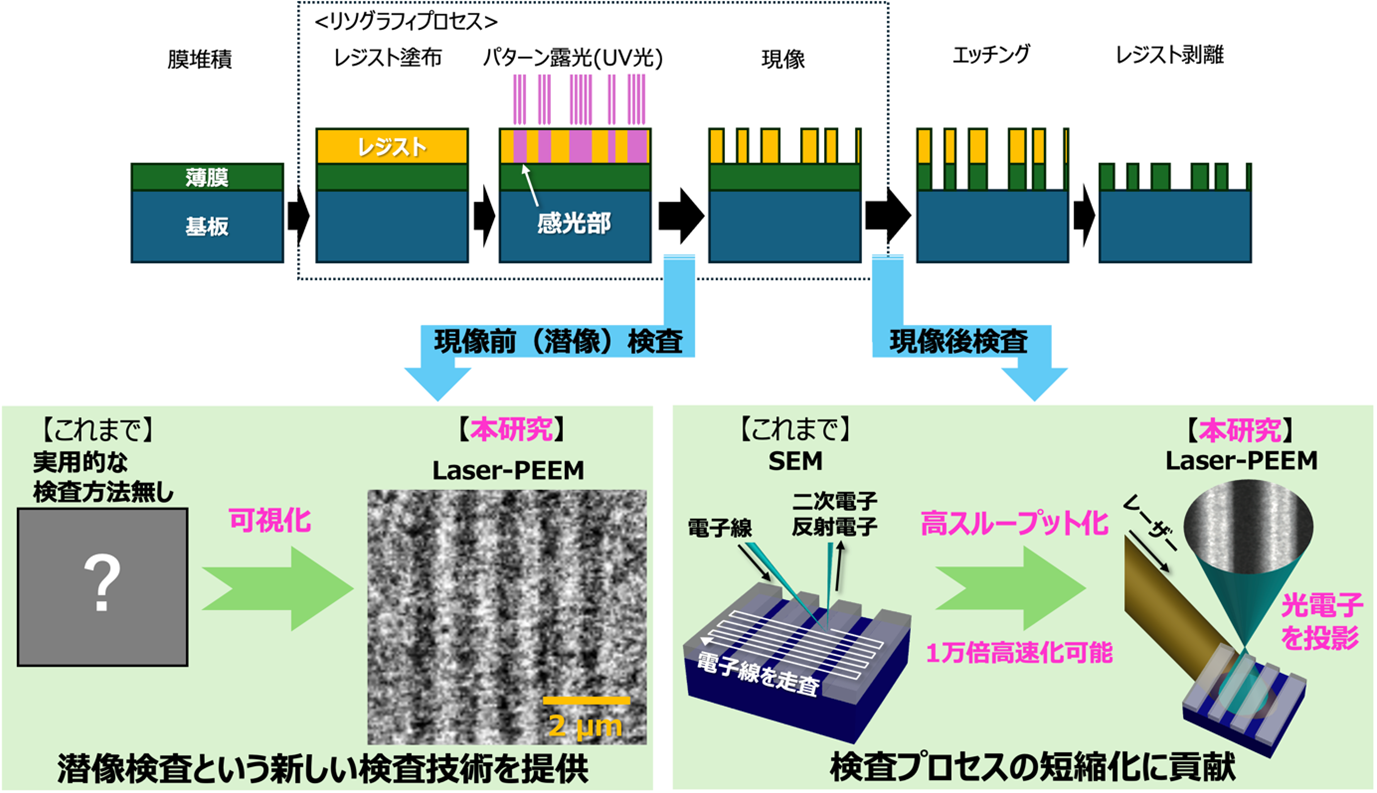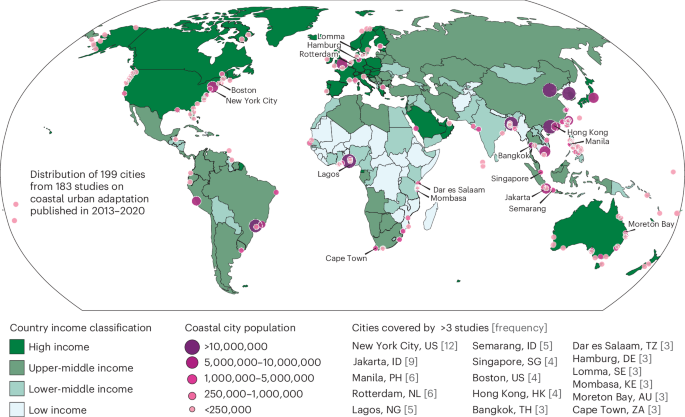2024-08-27 インペリアル・カレッジ・ロンドン(ICL)
<関連情報>
- https://www.imperial.ac.uk/news/255753/machine-learning-models-support-chemical-rd/
- https://www.sciencedirect.com/science/article/pii/S0098135423000637
珪藻土を用いた珪素化合物の化学的性質に関する研究 Combining multi-fidelity modelling and asynchronous batch Bayesian Optimization
Jose Pablo Folch, Robert M. Lee, Behrang Shafei, David Walz, Calvin Tsay, Mark van der Wilk, Ruth Misener
Computers & Chemical Engineering Available online: 23 February 2023
DOI:https://doi.org/10.1016/j.compchemeng.2023.108194

Highlights
- We propose a new Bayesian Optimization algorithm.
- The approach combines multi-fidelity and asynchronous batch methods.
- Algorithm outperforms single-fidelity batch and multi-fidelity sequential methods.
- We consider an application in designing materials for optimal battery performance.
Abstract
Bayesian Optimization is a useful tool for experiment design. Unfortunately, the classical, sequential setting of Bayesian Optimization does not translate well into laboratory experiments, for instance battery design, where measurements may come from different sources and their evaluations may require significant waiting times. Multi-fidelity Bayesian Optimization addresses the setting with measurements from different sources. Asynchronous batch Bayesian Optimization provides a framework to select new experiments before the results of the prior experiments are revealed. This paper proposes an algorithm combining multi-fidelity and asynchronous batch methods. We empirically study the algorithm behaviour, and show it can outperform single-fidelity batch methods and multi-fidelity sequential methods. As an application, we consider designing electrode materials for optimal performance in pouch cells using experiments with coin cells to approximate battery performance.



